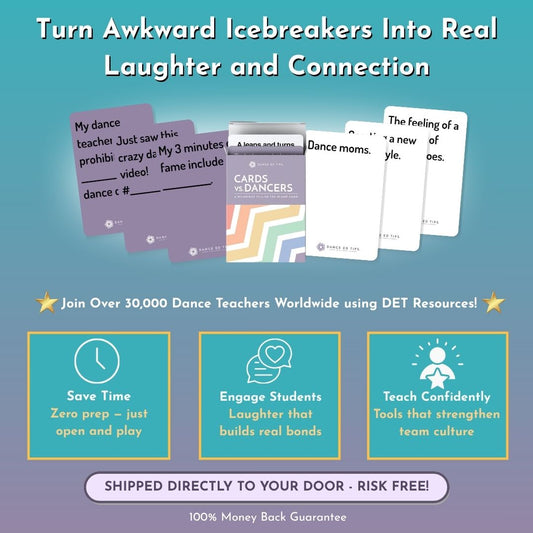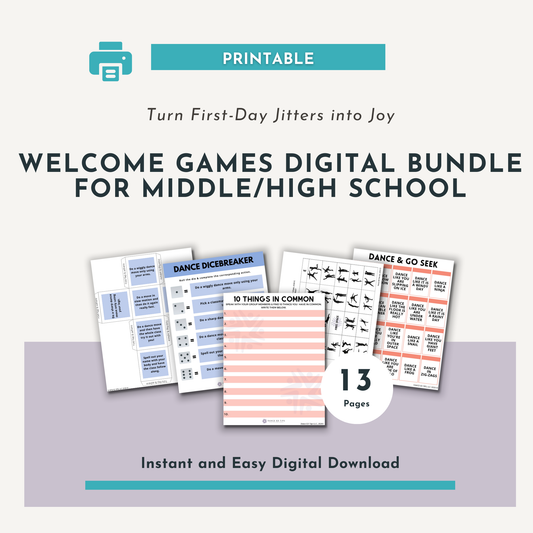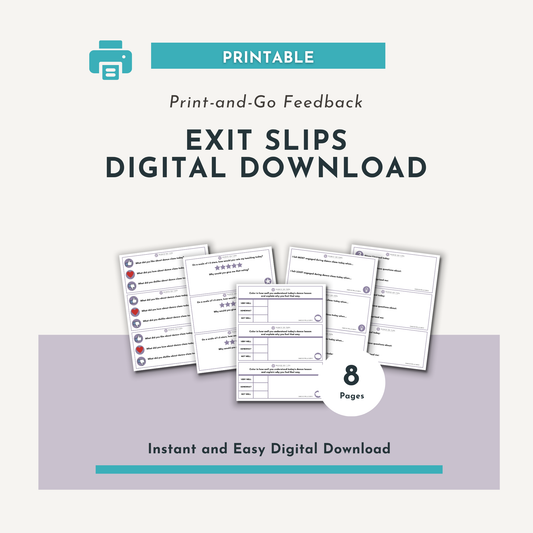Our team has seen many dance teacher resumes for studio teachers, PK-12 teachers, and university professors. Unfortunately, many people struggle to highlight their talents and experience in a clear, cohesive way. As dancers, it can be challenging to know which of your skills and experiences to showcase when applying for a dance education position, but don’t worry! We’re here to help!
Our team has reviewed, improved, and coached hundreds of dance teachers’ on their resumes, and we are going to share our top tips so you can get that dream teaching job!
Here is what sections you should have on your dance teacher resume:
- Name and Contact Info
- Education & Training
- Teaching Experience
- Performance and Choreography Experience
- Skills & Styles
Other potential sections for studio and PK-12 dance teachers:
- Show Production Experience
- Related Teaching/Coaching/Counseling Experience
- Leadership Positions
- Volunteering
- Awards & Recognitions
For university dance professor jobs, you must put together a Curriculum Vitae or a CV, which includes all the sections above, plus much more. Some of these additional sections include:
- Notable presentations
- Conference presentations
- Scholarly work
- Committees
- Published work
- And more.
We’re going to break down each section so you know how to put together an incredible dance educator resume so you can get that dream job.

General Guidelines for Dance Teacher Resume
First, let’s go over the basics:
1. Your resume should be 1 page.
Yes, only one page. No, not 1-page front and back. Just 1 page one-sided. Yes, we know you have tons of amazing experience that can’t fit on 1 page, but you have to trim it down so it’s just 1 page. The only exception to this is if you are creating a CV. A CV is purposely intended to be several pages long; however, if you’re asked for a resume, it’s 1 page.
2. Choose your fonts, font size, and margin size wisely.
Like when choreographing a dance, you want your resume to look well crafted and balanced. Choose an easy-to-read font, pick a standard font size (like 12), and use normal margins. We’ve seen resumes where the name at the top is enormous in a crazy font and the rest of the page is empty. We’ve seen resumes where the font is tiny because the page is so full. As a dancer, you have a keen eye for balance, symmetry, and visual clarity. Use those same skills when looking at your resume.
3. Use consistent formatting.
Formatting is tedious but important. It’s what makes your resume look professional and organized. Everything on your resume needs to line up: the bullet points, the dates, locations, and job titles. If you’re bullet points end with a period, make sure there is a period at the end of every bullet. Overall, you want everything to look consistent. If everything is crooked and hard to read, employers won’t look at your resume, even if you’re the most qualified person in the pile.
4. Make sure your categories are placed in a logical order.
When organizing the different sections of your resume, put yourself in your potential employer’s shoes. What are the things they will care about the most when hiring someone? Those are probably you’re name, contact info, education, and teaching experience, so put those things towards the top of the page. Your performance experience, choreography credits, and other skills are valuable, but not the top priority and can go towards the bottom of the page.
Also, make sure to list your experience in chronological order. Under “Teaching Experience” you should list your most recent job and then work backwards. You should do this for every section.
5. Do your research.
Many people make the mistake of creating 1 resume and submitting the same one to every job they apply for. You can do this, but the likelihood of you beating out your competition for the position is low. Here’s the thing: every employer is looking for something different. You need to find clues in their job posting, their website, their social media, etc. to find out what they’re truly after. You then need to highlight your experiences that meet those needs.
This means you will probably have many variations of your resume depending on what job you are applying for. This is normal and will improve your chances, because you are actually doing the research necessary to put your best step forward.

Specific Guidelines for Dance Teacher Resume
Name and Contact Info
At the top of your dance teacher resume you should have:
- Your first and last name
- Your city and state
- Your phone number
- A professional email address
All of this information should be placed at the top of the page and easy to read. Your name should be noticeable and can be in a bigger font than the other information. The email address you provide should be professional. Dancergirl892@gmail.com is not appropriate. Something like firstname.lastname@gmail.com is the way to go.
Education and Training
Next, should be your education. You should include:
- Name of institution
- City and state where the school is located
- Degree received or anticipated degree
- Date of graduation or anticipated date of graduation
- GPA (optional)
If you graduated from a university, you do not need to put your high school education. If you did not receive a university degree, put your high school. We recommend only including your GPA if it is a 3.0 or higher.
Dance Teaching Certifications
If you have PK-12 teaching certificates and/or are certified in particular movement forms, such as yoga, pilates, ABT Ballet levels, etc., you can add an additional section with this information. If you also have additional certificates on CPR, anti-bullying, diversity and inclusion, etc., you can include those too. For all of these be sure to include:
- The name of your certification
- The organization or governing body that certified you
- The year you were certified.
Dance Teaching Experience
The next section you want to include is your dance teaching experience. For this section you want to include:
- Full name of company or organization
- City and state where it is located
- Dates the position was held
- The title of the position held
- Action statements emphasizing your skills and accomplishments
- Each action statement begins with a strong verb
- Action verbs are in the appropriate tense
- List entries in reverse chronological order
In our experience, many individuals list the jobs they’ve had but don’t talk about what they’ve done through action statements. This is a big mistake, as action statements are a way for you to stand out from your competition and contextualize the work you did.
In your action statements, you want to showcase the work you accomplished and the skills you used while you were in this role. For dance teachers, we recommend highlighting:
- The ages you taught
- The dance styles and artistic processes you taught
- Choreography
- Curriculum writing
- Coaching or private lessons
- Working with diverse student populations
- Working with learners with varying needs
- Production and costume design experience
- Anything else that you think is noteworthy and would make you stand out
You only need 2-3 per position. If your resume is looking empty and not filling up the whole page, you can add a few more. When writing these, make sure you start off the sentence with a strong verb. Here’s a list of suggestions of verbs.
What if you don’t have dance teaching experience?

Other Sections in your Dance Teacher Resume
Now that you’ve filled out all the previous sections in your dance educator resume, you probably have some room left to add a few more things. You could add things like:
- Performance and Choreography Experience
- Skills & Styles
- Show Production Experience
- Related Teaching/Coaching/Counseling Experience
- Leadership Positions
- Volunteering
- Awards & Recognitions
- Notable presentations
- Conference presentations
- Scholarly work
- Committees
- Published work
- And more.
With a 1 page resume, you obviously cannot include every single one of these sections. (For a CV you can though! ). So, you must choose sections that you think your employer would be most interested in. For instance, if you are applying for a studio teaching job, they probably wouldn’t be very interested in the presentations you’ve done; however, they would really want to know about your choreography credits and any choreography rewards you received. For a PK-12 teaching job, they would probably be interested in knowing about your ability to produce a dance concert and prior leadership positions you’ve held. But, these are assumptions! This goes back to our point earlier: do your research! This will help you decide which sections to include and which sections to omit, so you can put your best foot forward.
In closing, a dance education resume is something that is going to require a bit of time to develop. The more you apply to dance teacher jobs, the more you will be able to refine your resume so that it really highlights your strengths and unique qualities. If ever you need support or would like some guidance from one of our team members, you can always sign up for a consultation or coaching session.





